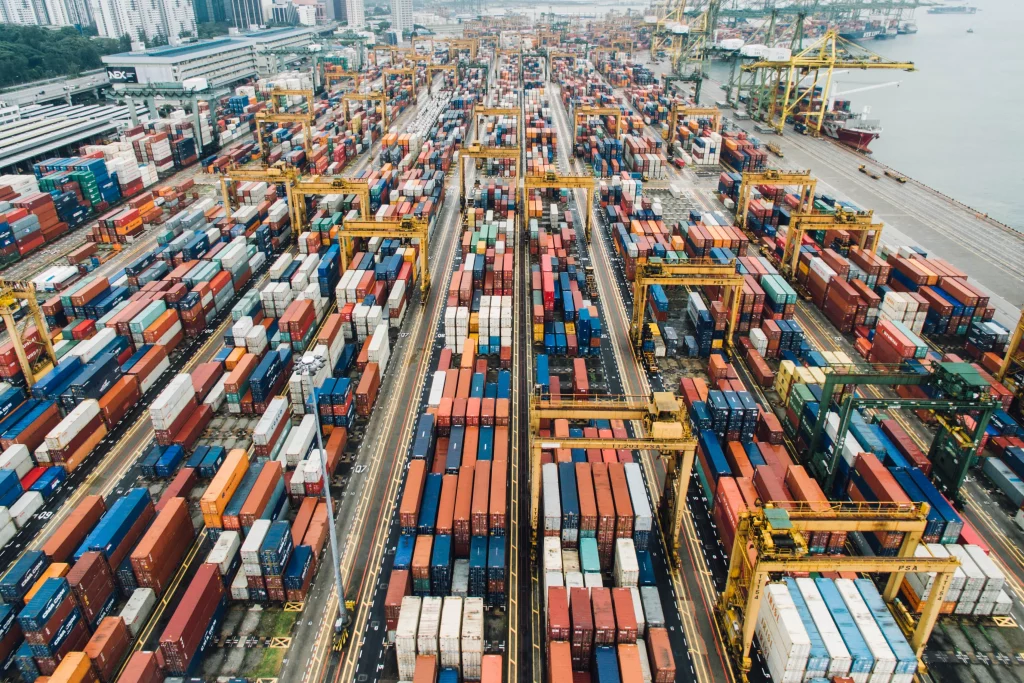The health crisis of the coronavirus continues to shake up companies and logistics coordinators all over the world. The latter are facing an unprecedented crisis that challenges the way the global supply chain operates. This crisis is particularly visible in the numerous supply problems that companies are currently experiencing. Each disruption, like a domino effect, has had an even more devastating effect, so much so that it has even touched the end consumer. This global crisis is not likely to end in 2022. We discuss this issue in this article.
Major difficulties expected to last
If we look at the facts, we can measure how much the global logistics has been affected by the current crisis. For instance, in France, almost 45% of industrial companies say that their activities are experiencing difficulties due to supply chain problems. The reason for this is simple: delivery times are becoming less and less reliable. In fact, they are twice as long as before the crisis and slower than at the beginning of 2020!
Seaports are completely jammed. Several ships at anchor offshore wait to be unloaded for days. Empty containers are piling up because there are no ships available to take them back to Asia. Shipowners have however taken several initiatives to address the situation. Despite this, port terminals are still as clogged as ever, thus causing bottlenecks in the supply chain.

(Source: Chuttersnap /fN603qcEA7g unsplash.com)
Whether you are a manufacturer, a carrier or an end consumer, everyone is affected by the problem. Transport and freight prices have risen to unprecedented levels. On all fronts, difficulties remain. And as many experts see it, those difficulties are not going to end any time soon.
The global supply chain crisis will continue in 2022
Several countries have implemented stimulus programs to turn the tide. The United States is one such country, through President Joe Biden’s infrastructure plan. Solutions are being proposed from all sides, which reflect the involvement of many players in the logistics industry.
Regardless, the global supply chain crisis will continue into 2022. The reason for this is simple: the factors behind it are both deep and complex. The earliest disruptions date back to the early days of the pandemic. At that time, most of the world’s factories were forced to shut down because they were severely affected by the spread of the virus.

(Source: Anastasiia Chepinska /OBmBHmrc3pw unsplash.com)
As a result, they had to close their doors and drastically reduce their production rate. Following the example of these factories, most of the shipping companies reduced the frequency of their services. They thought that the demand for transportation would take a hit because of the pandemic.
The exact opposite happened. Although demand collapsed, it was only in the service industry. If anything, people began to consume more. Their extra purchases overloaded the system and caused blockages in the supply chain in a very short time. The logistics industry thus found itself in crisis.
Although the global supply chain crisis will continue, it is possible that the transport and logistics industry will be able to reduce the damage. To do so, they will have to find original and more efficient solutions.


